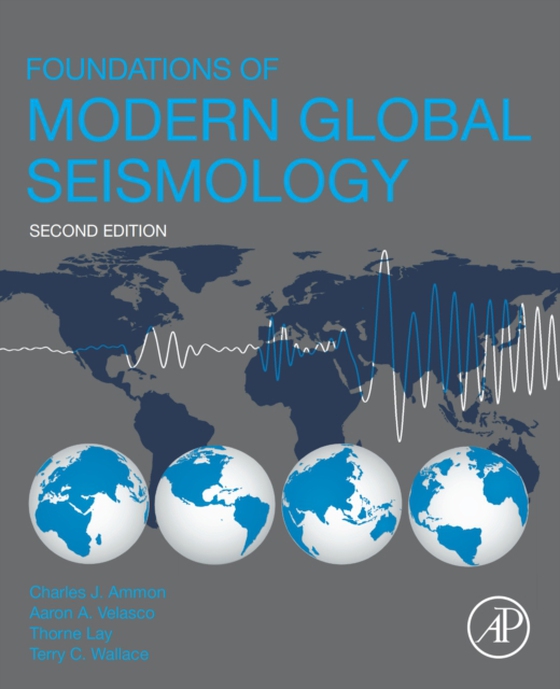
Foundations of Modern Global Seismology e-bog
1094,57 DKK
(inkl. moms 1368,21 DKK)
Modern Global Seismology, Second Edition, is a complete, self-contained primer on seismology, featuring extensive coverage of all related aspects-from observational data through prediction-and emphasizing the fundamental theories and physics governing seismic waves, both natural and anthropogenic. Based on thoroughly class-tested material, the text provides a unique perspective on Earth's large...
E-bog
1094,57 DKK
Forlag
Academic Press
Udgivet
13 oktober 2020
Længde
604 sider
Genrer
PHVG
Sprog
English
Format
pdf
Beskyttelse
LCP
ISBN
9780128165171
Modern Global Seismology, Second Edition, is a complete, self-contained primer on seismology, featuring extensive coverage of all related aspects-from observational data through prediction-and emphasizing the fundamental theories and physics governing seismic waves, both natural and anthropogenic. Based on thoroughly class-tested material, the text provides a unique perspective on Earth's large-scale internal structure and dynamic processes, particularly earthquake sources, and the application of theory to the dynamic processes of the earth's upper layer. This insightful new edition is designed for accessibility and comprehension for graduate students entering the field.Exploration seismologists will also find it an invaluable resource on topics such as elastic-wave propagation, seismic instrumentation, and seismogram analysis. Includes more than 400 illustrations, from both recent and traditional research articles, to help readers visualize mathematical relationships, as well as boxed features to explain advanced topics Offers incisive treatments of seismic waves, waveform evaluation and modeling, and seismotectonics, as well as quantitative treatments of earthquake source mechanics and numerous examples of modern broadband seismic recordings Covers current seismic instruments and networks and demonstrates modern waveform inversion methods Includes extensive, updated references for further reading new to this edition Features reorganized chapters split into two sections, beginning with introductory content such as tectonics and seismogram analysis, and moving on to more advanced topics, including seismic wave excitation and propagation, multivariable and vector calculus, and tensor approaches Completely updated references and figures to bring the text up to date Includes all-new sections on recent advancements and to enhance examples and understanding Split into shorter chapters to allow more flexibility for instructors and easier access for researchers, and includes exercises
 Dansk
Dansk

